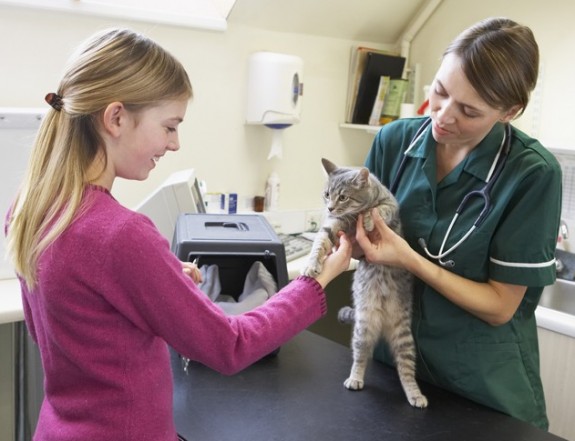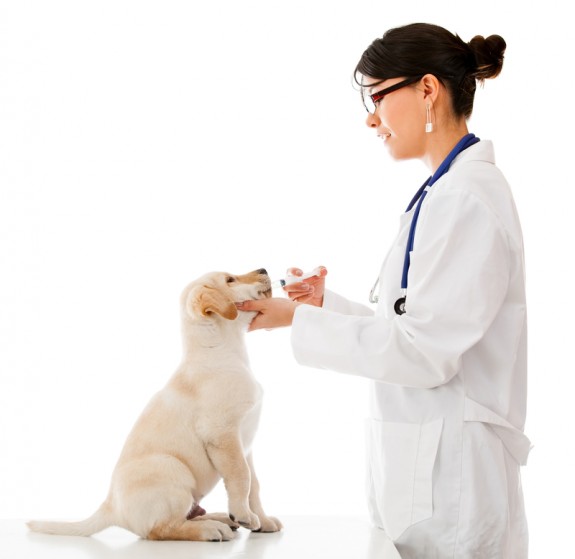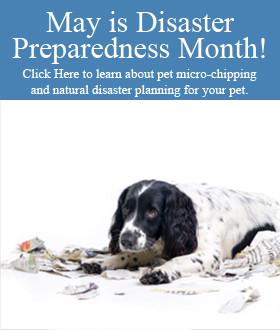 September has been deemed responsible dog ownership month by the American Kennel Club. The Hillsborough Animal Health Foundation would like to encourage everyone to be a responsible pet owner. What does a responsible pet owner really look like? Here are some guidelines from the American Veterinary Medical Association.
September has been deemed responsible dog ownership month by the American Kennel Club. The Hillsborough Animal Health Foundation would like to encourage everyone to be a responsible pet owner. What does a responsible pet owner really look like? Here are some guidelines from the American Veterinary Medical Association.
- Committing to the relationship for the life of the pet(s).
- Avoiding impulsive decisions about obtaining pet(s), and carefully selecting pet(s) suited to your home and lifestyle.
- Recognizing that ownership of pet(s) requires an investment of time and money.
- Keeping only the type and number of pets for which an appropriate and safe environment can be provided, including appropriate food, water, shelter, health care and companionship.
- Ensuring pets are properly identified (i.e., tags, microchips, or tattoos) and that registration information in associated databases is kept up-to-date
- Adherence to local ordinances, including licensing and leash requirements.
- Controlling pet(s)’ reproduction through managed breeding, containment, or spay/neuter
 thereby helping to address animal control and overpopulation problems.
thereby helping to address animal control and overpopulation problems. - Establishing and maintaining a veterinarian-client-patient relationship.
- Providing preventive (e.g., vaccinations, parasite control) and therapeutic health care for the life of pet(s) in consultation with, and as recommended by, its veterinarian.
- Socialization and appropriate training for pet(s), which facilitates their well-being and the well-being of other animals and people.
- Preventing pet(s) from negatively impacting other people, animals and the environment, including proper waste disposal, noise control, and not allowing pet(s) to stray or become feral.
- Providing exercise and mental stimulation appropriate to the pet(s)’ age, breed, and health status.
- Advance preparation to ensure the pet(s)’ well-being in the case of an emergency or disaster, including assembling an evacuation kit.
- Making alternative arrangements if caring for the pet is no longer possible.
- Recognizing declines in the pet(s)’ quality of life and making decisions in consultation with a veterinarian regarding appropriate end-of-life care (e.g., palliative care, hospice, euthanasia).





































